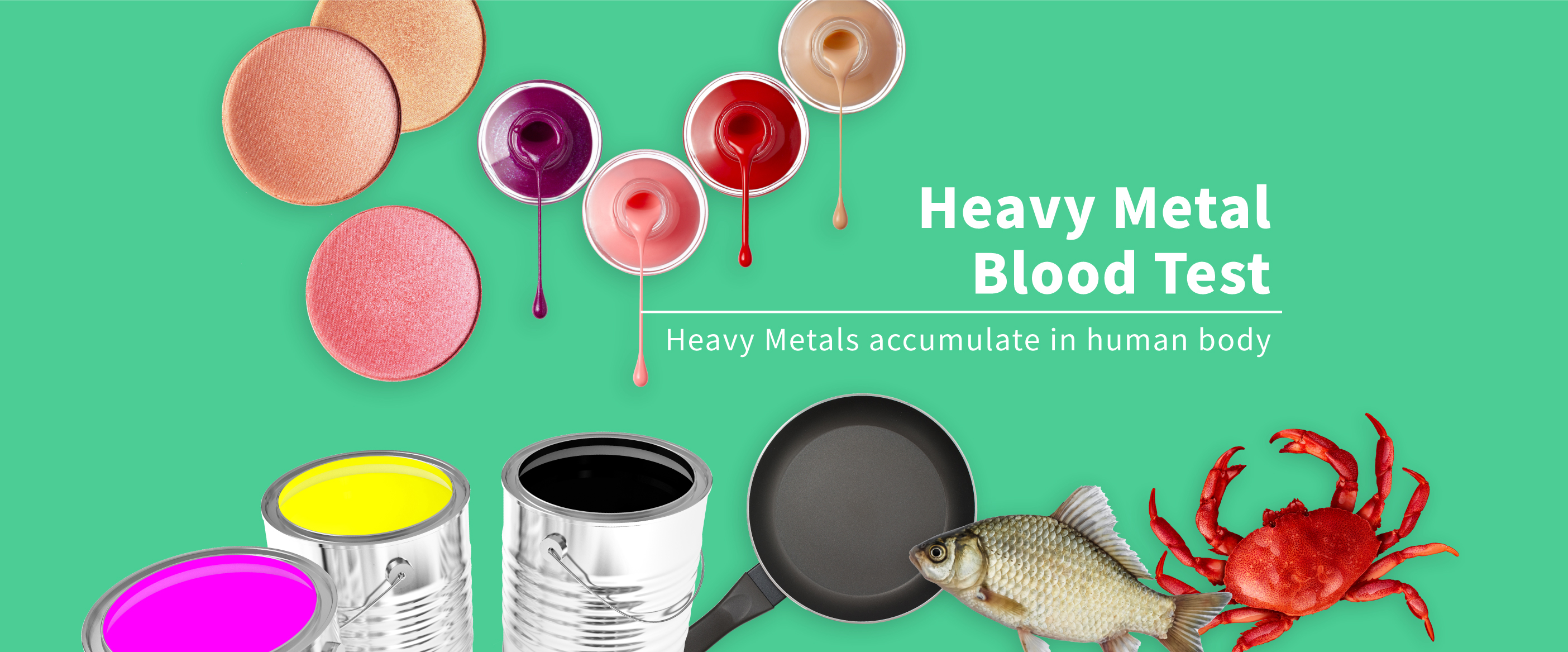| Lead | Cadmium | |
|---|---|---|
| Heavy Metal | Lead is a naturally-occurring heavy metal commonly found in air, soil, dust, food and water. It may be contaminated with hazardous concentrations in lead paint, cosmetics and herbal medicines. Can be found in products such as batteries, lead-based paints, lead-containing ceramics, lead solder and leaded petrol. | Cadmium has several industrial applications such as electroplating, pigment production, manufacture of plastic stabilisers and pigments, nickel-cadmium batteries and electronics, etc. Fertilisers produced from phosphate ores, industrial operations such as mining, mining refining are important sources of environmental contamination. The World Health Organization considered that there was sufficient evidence of carcinogenicity of cadmium and cadmium compounds in humans upon occupation exposure, and classified them as Group 1 agents. |
| Source of Intake | • Lead can enter the human body by ingestion, inhalation and skin absorption. • Infants, young children, pregnant women and lactating women are more likely to be affected by its adverse effects. | • For non-smokers, food is the main source of cadmium intake • Smokers will have extra intake of cadmium from tobacco smoke. |
| Health Impact | When lead is absorbed into the body in excessive amount, it is toxic to many organs and systems, including: neuro-developmental effects, anaemia, high blood pressure, gastrointestinal symptoms, impaired renal function, neurological impairment, impaired fertility and adverse pregnancy outcomes, and impaired metabolism of vitamin D. | • Acute intoxication of cadmium may cause damage to the gastrointestinal tract as well as affecting functions of the liver, heart and kidney • With chronic toxicity to cadmium, the kidney appears to be the sensitive organs. Adverse effects such as abnormal excretion of protein, glucose and amino acid in urine as a result of renal tubular dysfunction have been observed in humans. • Children may be more susceptible than adults on cadmium-induced bone damage. |

